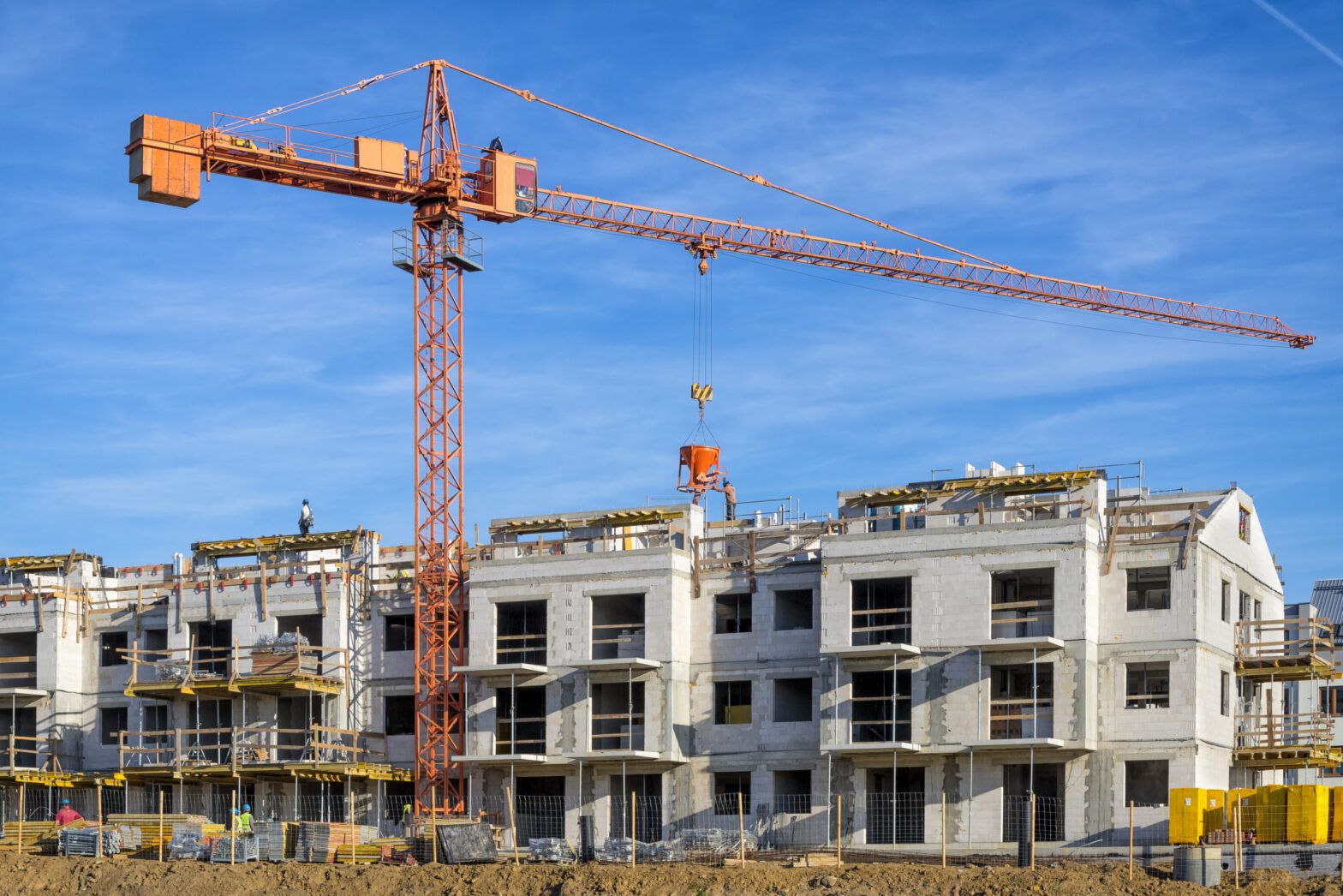Property fund managers have warned landlords over the risk of owning stranded assets in real estate portfolios.
Speaking at the Schroders Investment Conference in Edinburgh on Tuesday, while COP26 was taking place down the road in Glasgow, Schroder Global Cities Real Estate manager Tom Walker said property owners face sitting on beaten up assets if they fail to ensure buildings meet certain environmental standards.
Walker warned they face hefty capital expenditure bills to make houses, flats and offices greener and being unable to afford to meet legislation could leave them with stranded assets.
The concept of stranded assets in the context of real estate refers to properties that will not meet future energy efficiency standards and market expectations as part of the move to net zero, and might therefore be exposed to the risk of early economic obsolescence.
Capex bill to become greener is ramping up
Legislation to address the issue is ramping up. Under minimum energy efficiency standards (MEES) regulations related to energy performance certificates (EPCs), all rented non-domestic buildings will need an EPC rating of at least C by 2027 and B or higher by 2030.
According to a report by UK real estate stock exchange IPSX and Carbon Intelligence, published in August, 90% of EPCs on the UK’s national register are below a B. The report said this rating could affect how buildings are valued and those falling short could be rendered useless.
Walker told conference delegates the industry has a long way to go to meet these targets and warned some property owners could get caught off guard due to the speed that legislation is implemented and the associated costs.
“In London today we think about 90% of all assets have energy performance certificate ratings of C or lower,” Walker said. “There is a massive capex bill coming through, so you are going to hear a lot more about stranded assets.”
He added: “High capex bills are going to dilute returns, so there is very serious warning because right now we are in a ‘gradually’ phase but there is going to be a ‘suddenly’ moment.”
According to the IPSX and Carbon Intelligence report, investors will need to focus on retrofitting as 70% to 80% of buildings built today will still be standing in 2050.
Commenting in the report, Carbon Intelligence real estate commercial director Oliver Light said: “We believe that if you do not invest capex now, not only will you miss out on the short-term benefits such as reduced energy costs and rental premiums, but you will also end up needing to invest the same or more to avoid non-compliance, voids, or high discount rates linked to obsolescence.”
Tracking the route to net zero
Mayfair Capital portfolio manager Simon Martindale, who runs the Property Income Trust for Charities (Pitch), agrees building standards and efficiency requirements are evolving at pace and are likely to tighten further in the aftermath of COP26 and the renewed focus on net zero.
Martindale thinks the degree of stranded asset risk and exposure will be the result of two factors. First, the quality, age and efficiency of the portfolio; and second, the degree to which this risk is managed through proactive asset management, that is continually upgrading properties to keep stranded asset risk at bay.
To keep on top of the risks in Pitch, Martindale and the team conducts modelling using the carbon risk real estate monitor (CRREM), an EU-funded research project, that provides the industry with “appropriate science-based carbon reduction pathways at building, portfolio and company level and with financial risk assessment tools to cost-effectively manage carbon mitigation strategies”.
Martindale said Pitch uses the insights from CRREM to inform refurbishment plans, efficiency upgrades and on-site renewables.
“In many cases this process requires tenant collaboration which in our view reinforces the importance of lean portfolios and strong customer relationships,” he added.
Last month, Martindale told Portfolio Adviser how Pitch works with underlying tenants in the portfolio, who are responsible for the procurement of utilities, to address energy efficiency.
Axa Investment Managers recently announced it uses CRREM to identify possible stranded assets in portfolios. The asset manager’s objective is to have at least 50% of its direct real estate assets under management aligned to the 1.5-degree trajectory by 2025.
Similarly, in March this year Abrdn announced it was targeting net-zero carbon by 2050 for its real estate investments, which cover about 1,600 properties, and it too uses CRREM to benchmark its progress.
Commenting at the time on the challenges to achieving net zero carbon in property, Abrdn head of ESG private markets Dan Grandage said: “Landlords are not always in direct control of the operational carbon emissions associated with the assets they own and manage. There are also issues with collecting data from occupiers and with the current estimation benchmarks not covering all property types or geographies.
“Other challenges include a lack of definition and agreement in the real estate industry over a net-zero definition.”
Cohen & Steers portfolio manager and senior research analyst Leonard Geiger noted the push for energy efficient buildings is coming not just from governments, but also from tenants and landlords. Properties that do not meet those benchmarks could be subject to fines or other enforcement action – and some have a lot of work to do to avoid this fate, he noted.
“Across the UK’s top 10 property markets, 80% of leased properties were rated A or B in 2020. However, 10% of office properties in London’s central business district were rated below E, which could make them essentially obsolete by 2023,” he added.
This article first appeared in ESG Clarity sister publication Portfolio Adviser.








